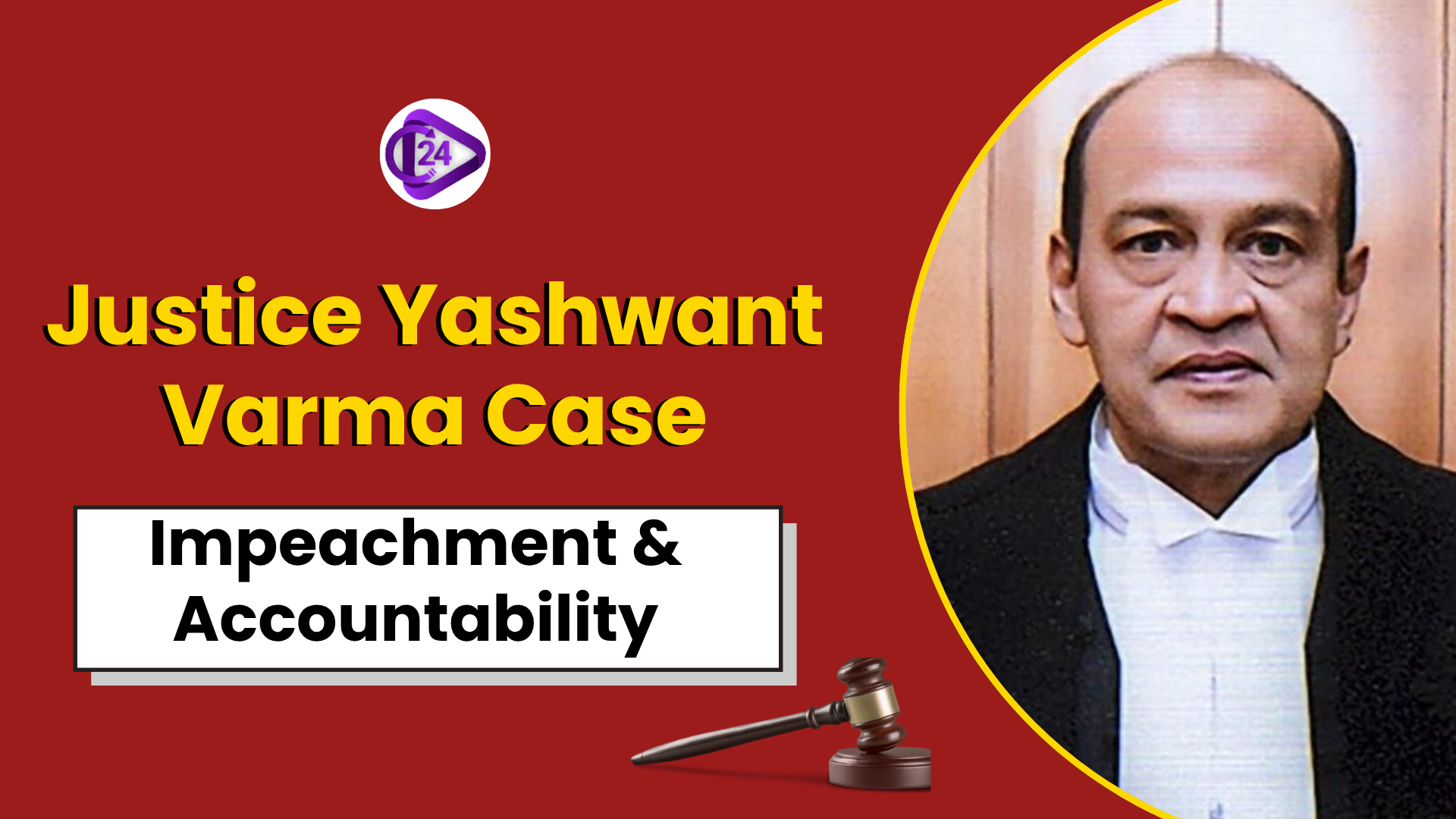
Following a major fire incident at his home in March, a 3-member panel suggested indicting Justice Yashwant Varma, from the Delhi High Court now serving at the Allahabad High Court. Later on, cash was found in his outhouse and this triggered demands from others for him to resign, but he did not do so. An impeachment of a judge in India is governed by Article 124(4) and Article 217 which say the judge must lose the support of two-thirds of MPs and the approval of both Houses. A judge can also be removed under the law by first going through an Inquiry process known as the Judges (Inquiry) Act, 1968. The case now going on highlights the importance of how accountable and transparent our judges are.
Context
-
Yashwant Varma was indicted because unaccounted money was found after a fire at his residence.
-
Although many demanded he step down, he refused which then led authorities to apply Articles 124(4) and 217 of the Indian Constitution.
-
It illustrates difficulties in ensuring fairness and openness in courts.
Key Points
Background:
-
A committee formed by the Supreme Court found Justice Yashwant Varma (previously of Delhi High Court, presently at Allahabad High Court) to be indicted.
-
Cash not linked to his accounts was found in the outhouse after a fire at his Delhi house in March.
-
Justice Varma rejected the request to resign which prompted the next steps.
Legal Procedure: Impeachment of a Judge:
-
Gets its authority from Articles 124(4) and 217 of the Indian Constitution.
-
Requires:
-
50 members of Rajya Sabha or 100 in Lok Sabha can initiate a motion.
-
An investigation was carried out by a committee of 3 people.
-
-
Removal only occurs when both Houses approve it with a supermajority of 2/3 (present and voting + total membership).
-
The present stage: A report has been submitted by the committee to Chief Justice of India D.Y. Chandrachud (previously Chief Justice Sanjiv Khanna).
Impacts
-
All-party consensus: To prevent the appearance that the case is being politically motivated.
-
Judicial accountability: Keeps judges and the justice system in check by requiring accountability.
-
Bipartisanship: It was necessary for both political parties to cooperate to get the 2/3rd majority in each House.
-
Public perception: Talks about judicial ethics, independence and connections between the executive and the judiciary.
Provision and Explanation:
-
Article 124(4): Methods for removing Supreme Court judges also apply to High Court judges according to Article 217.
-
Judges (Inquiry) Act, 1968 outlines the rules for inquiry, the production of a report and how removal may happen.
-
Grounds of removal: Proved misbehaviour or incapacity
Historical Context:
-
Among all the impeachment proceedings, only one reached the point of voting in Parliament (Justice V. Ramaswami, in 1993).
-
Support from the ruling party was missing which is why the motion did not succeed, showing how difficult it can be.
Problems Related to Ethics and Administration:
-
Deciding on the proper balance between judicial independence and accountability is a major issue for constitutions.
-
Internal transparency is very important for the judicial process.
-
Recovering money after a warehouse fire raises questions about trust and ethics.
Conclusion
This process for judges requires considering both the need for independence and the need for judges to be accountable. The experience of Justice Varma illustrates the issues judges face when their actions are reviewed.
UPSC Prelims Practice Questions
1. Which statement below describes how a judge can be impeached in India?
a) To trigger an impeachment motion, the President must agree and two-thirds of both Houses of Parliament must back it.
b) The Judges (Inquiry) Act, 1968, describes the steps needed for inquiring into and removing judges.
c) The Supreme Court is the only body that can start the impeachment process for a judge.
d) Removal of a judge can occur if the inquiry committee decides they have made a minor administrative mistake.
UPSC Mains Practice Questions
Q.1 Look at the legal and ethical aspects of impeaching judges in India based on the case of Justice Yashwant Varma as an illustration. How do the legal systems address the need for both independence and accountability of the courts?



 Nepal to Get First Woman Prime Minister: Sushila Karki Appointed Interim Leader
Nepal to Get First Woman Prime Minister: Sushila Karki Appointed Interim Leader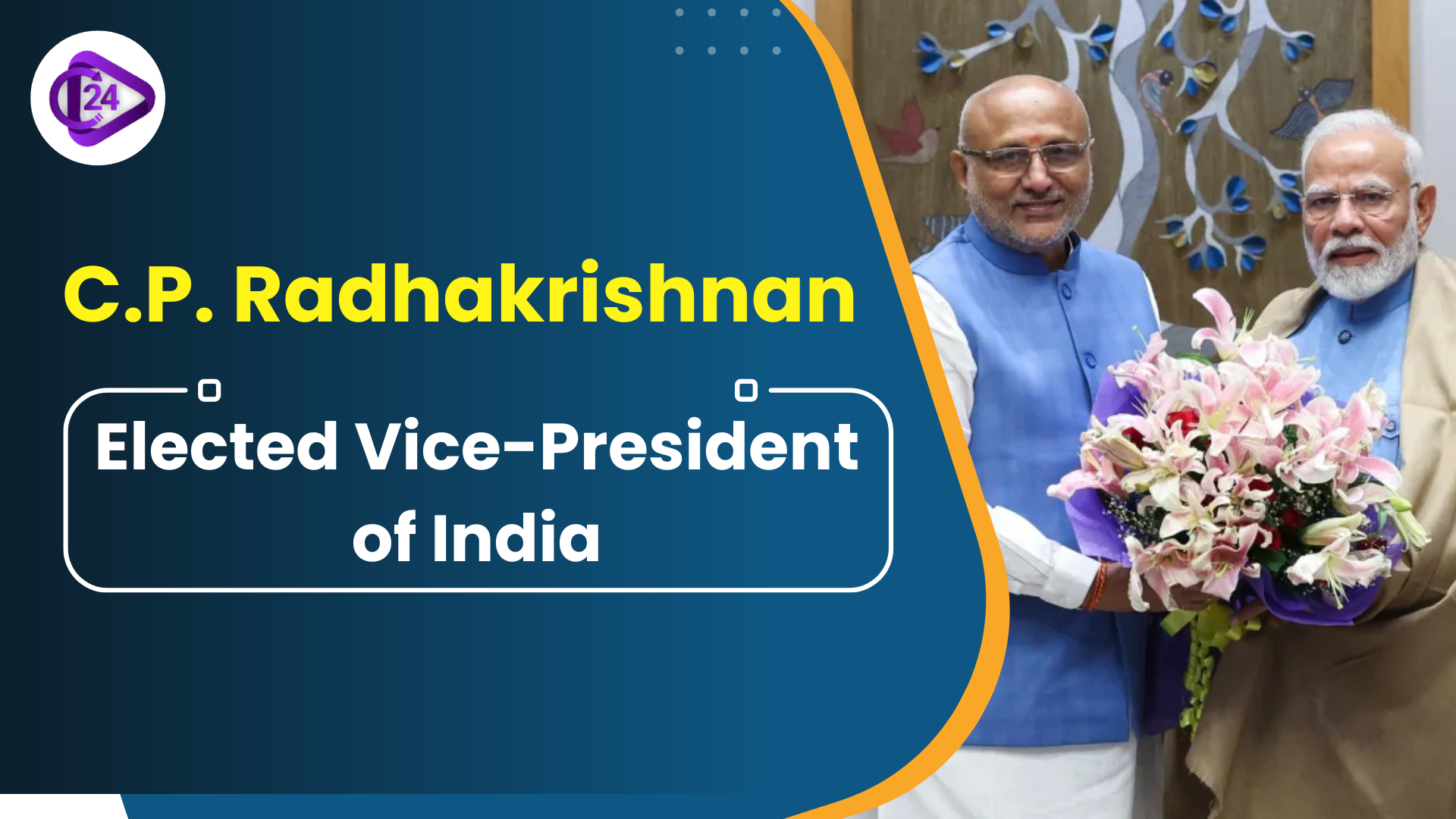 C.P. Radhakrishnan Elected Vice-President of India
C.P. Radhakrishnan Elected Vice-President of India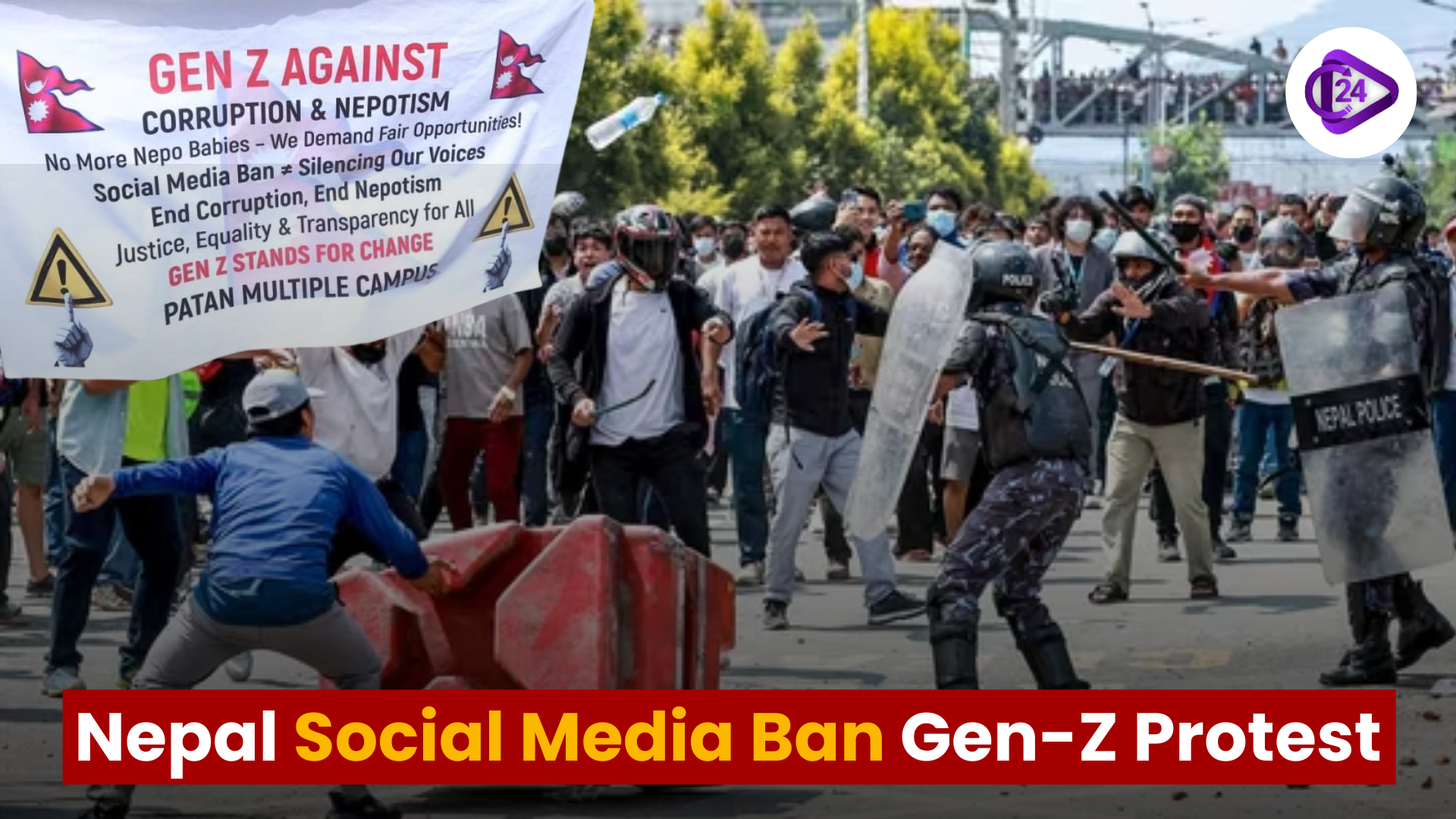 Nepal Social Media Ban Triggers Mass Gen-Z Protests
Nepal Social Media Ban Triggers Mass Gen-Z Protests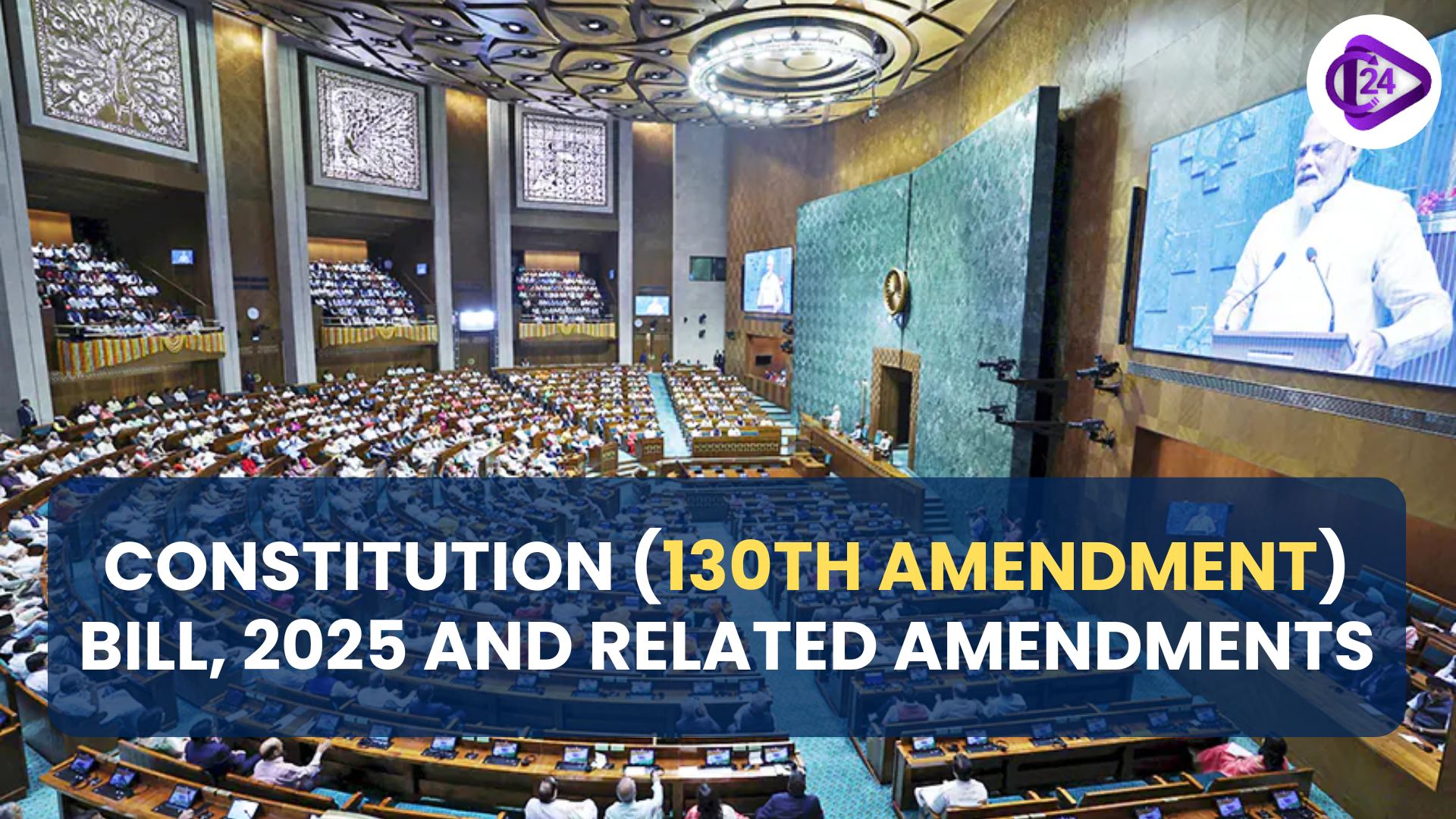 Constitution (130th Amendment) Bill, 2025 and Related Legislations
Constitution (130th Amendment) Bill, 2025 and Related Legislations The Role of Preventive Health Screenings in Achieving a Healthier India
The Role of Preventive Health Screenings in Achieving a Healthier India PM SVANidhi Yojana: Empowering Street Vendors with Financial Inclusion
PM SVANidhi Yojana: Empowering Street Vendors with Financial Inclusion Chhattisgarh Govt. Cuts Thousands of Forest Rights Titles
Chhattisgarh Govt. Cuts Thousands of Forest Rights Titles Ladakh Statehood & Sixth Schedule Demand Intensifies
Ladakh Statehood & Sixth Schedule Demand Intensifies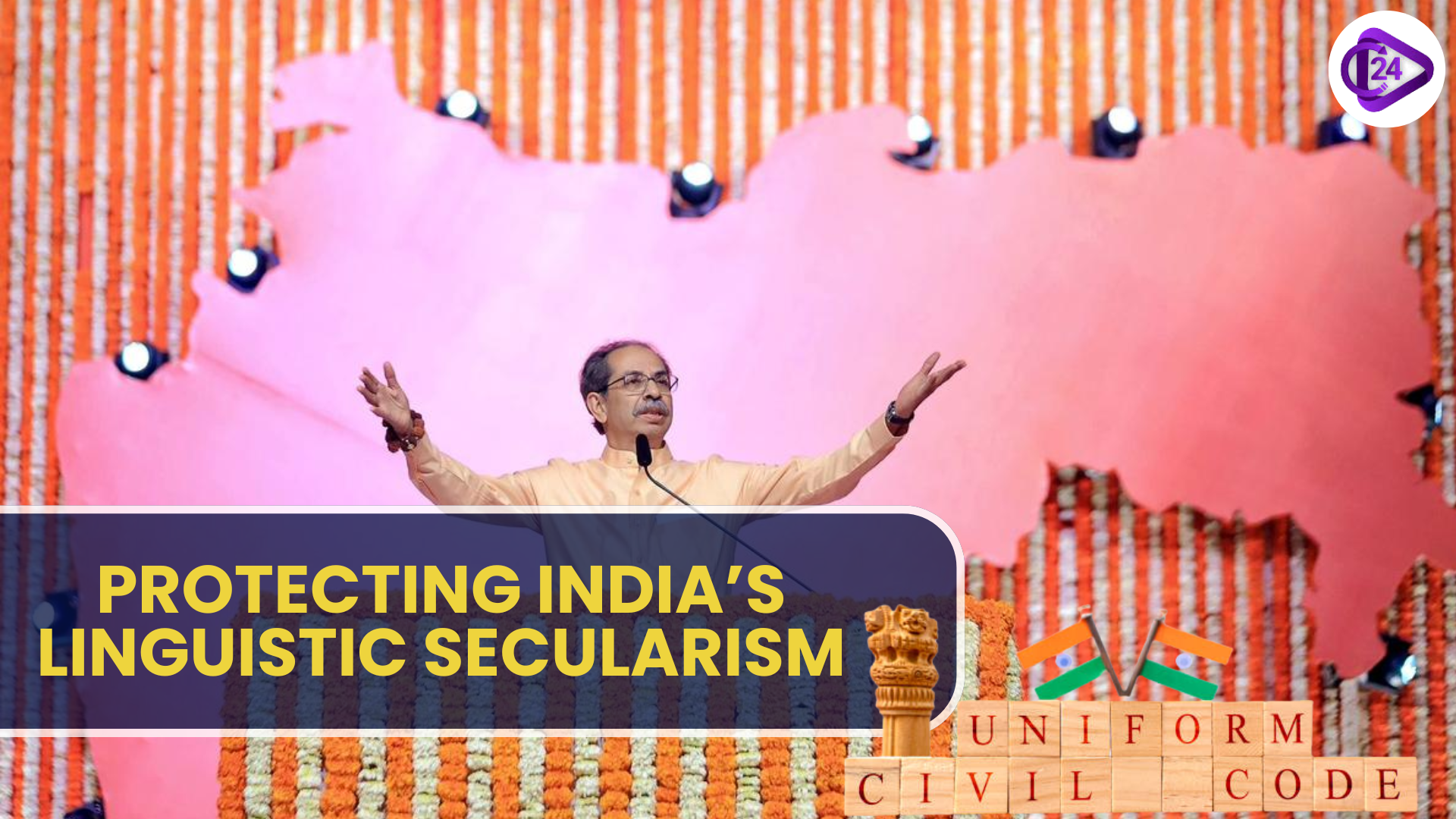 The Need to Protect India’s Linguistic Secularism: Safeguarding Unity in Diversity
The Need to Protect India’s Linguistic Secularism: Safeguarding Unity in Diversity






